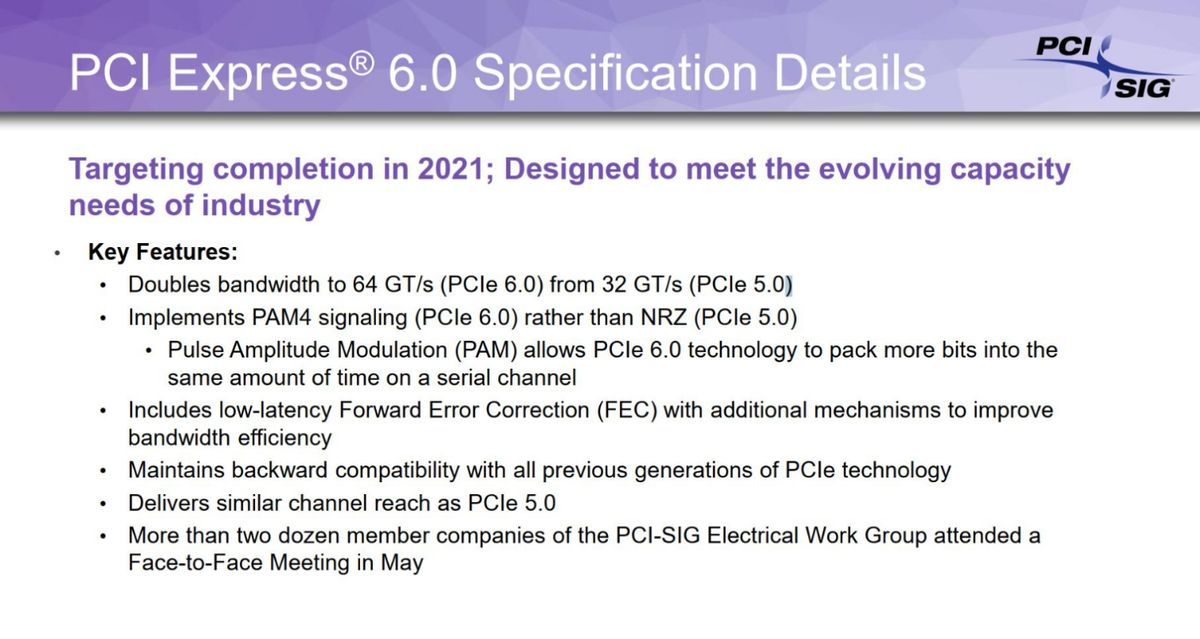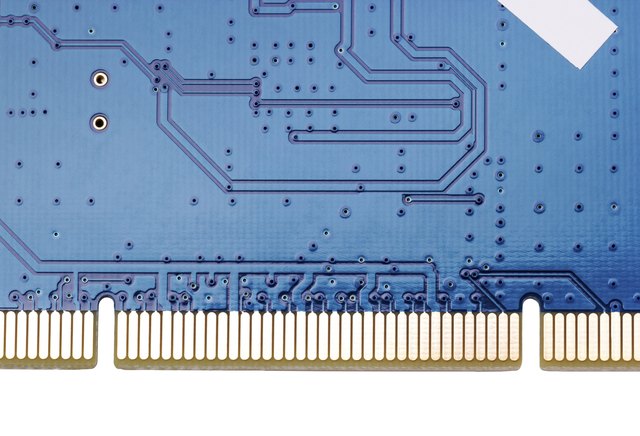Dell’s services and flexible delivery models help define and implement the right solution for your needs. Dell systems management solutions help you centralize management, automate processes, and reduce support costs. Each client system comes with a complete set of utilities to enable industry-leading consoles, like Microsoft System. PCI (Peripheral Component Interconnect) is an interconnection system between a microprocessor and attached devices in which expansion slots are spaced closely for high speed operation. Using PCI, a computer can support both new PCI cards while continuing to support Industry Standard Architecture ( ISA ) expansion cards, an older standard. The earliest versions of M.2 PCI Express SSDs made use of the PCI Express Gen 2.0 x2 interface, which defines a throughput ceiling that's higher than SATA 3.0's, but not enormously so. To install a PCI or PCI-Express card, you need an open slot available unless you're replacing an already connected device. PCI cards need to match the their slots, so a 32-bit slot requires a 32-bit card and a 64-bit slot requires a 64-bit card.
Peripheral Component Interconnect (PCI) Express (PCIe) is a scalable Input/Output (I/O) serial bus technology that largely replaced earlier PCI slots on motherboards. It is a port that allows certain internal components to be installed into a computer. In 2004, PCI Express slots began appearing alongside standard slots, starting a gradual transition to the new technology. While some standard PCI slots can still be found on motherboards, many computer users prefer PCI express for graphics cards and other components.
The Purpose of PCI Express
PCIe slots are found on many motherboards, letting computer users install components into them. They allow the motherboard and other software in a computer to access and use devices connected to these slots. While PCIe has been used throughout the first decade of the 21st Century, new slots are likely to replace them at some point in the future.
Benefits of PCIe Technology

PCI Express is a point-to-point connection, which means it does not share bandwidth but communicates directly with devices via a switch that directs data flow. This allows for 'hot swapping' or 'hot plugging,' which means cards in PCIe slots can be changed without shutting down the computer, and they consume less power than previous PCI technology. One of the most promising features of PCIe is that it is scalable, which means greater bandwidth can be achieved through adding more 'lanes.'
PCI Express has several additional advantages, not only to the user but to manufacturers. It can be implemented as a unifying I/O structure for desktops, servers, and workstations, and it is cheaper than PCI standard to implement at the motherboard level. This keeps costs low for the consumer. It is also designed to be compatible with earlier Operating Systems and PCI device drivers.

Types of PCIe Formats
The initial rollout of PCI Express provided three consumer options: x1, x2, and x16. These numbers represents the 'lanes:' x1 has 1 lane; x2 has 2 lanes, and x16 has 16. Each lane is bi-directional and consists of 4 pins. Lanes in PCIe version 1.x had a lower delivery transfer rate, but PCIe 3.0 introduced a transfer rate of 500 megabytes per second (MBps) in each direction for a total of 1,000 MBps, or 1 gigabyte per second (GBps), per lane.
| PCIe | Lanes | Pins | MBps | Purpose |
| x1 | 1 | 4 | 1 GBps | Device |
| x2 | 2 | 8 | 2 GBps | Device |
| x16 | 16 | 64 | 16 GBps | Graphics Card |
PCIe and Graphics Cards
The 16-lane (x16) slot has replaced the Accelerated Graphics Port (AGP) on many motherboards and fits a PCIe graphics card. Boards that include the x1 and x2 slots usually have them for other components, such as sound or networking cards. As computer graphics demands increase, x32 and x64 slots may become available, and future versions of PCIe might improve upon lane data rates.

Other PCI Technologies
PCI Express should not be confused with PCI eXtended (PCI-X), used in the server market. PCI-X improved on standard PCI bus to deliver a maximum bandwidth of 1GBps. PCIe has been developed for the server market as well, initially with the x4, x8 and x12 formats reserved. This far exceeds PCI-X capability.
History of PCI Technology
Intel first introduced PCI technology in the early 1990s to replace the Industry Standard Architecture (ISA) bus. Although robust enough to last over a decade, total available bandwidth of just 133 MBps, shared between slots, meant that high demand devices quickly overwhelmed computer resources. In 1997 this problem was partially alleviated by implementation of a separate AGP slot with dedicated bandwidth. However, as component manufacturers developed many high-demand devices for computers, a new architecture was required, which led to the introduction of PCI Express.
First came PCI, then PCI-X, then PCI Express. PCI Express can be abbreviated as PCIe or, less commonly and more confusingly, PCX. Unlike earlier PCI standards, PCI Express does not use a parallel bus structure, but instead is a network of serial connections controlled by a hub on the computer's motherboard. This enables PCI Express cards to run significantly faster than previous PCI cards.
Because the PCI Express interface is a serial connection, it does not have a speed measured in Megahertz, like PCI or PCI-X. Instead, its performance is measured in data throughput speeds, which are several times faster than PCI-X. Furthermore, PCI Express is available in x1, x4, x8, and x16 implementations, which increases the bandwidth by the corresponding amount. However, larger implementations require longer PCI Express slots. For example, a x4 slot is larger than a x1 slot and a x16 slot is larger than a x8 slot. A PCI Express card can be inserted in any slot that is large enough for it. For example, a x8 card could be inserted into a x16 slot, but a not a x1 or x4 slot.
Pci Express Slot Pics
Since PCI Express connections can support such fast data transfer rates, they can be used to connect high-speed devices such as Gigabit Ethernet cards and high-end video cards. For this reason, PCI Express is expected to replace both PCI and AGP connections. Fortunately, PCI Express was designed to be backwards compatible with both PCI hardware and software. However, to use a PCI Express card, your computer must have at least one available PCI Express slot.
